How to Choose a CNC Bending Machine Compensation System: Mechanical or Hydraulic?
In modern manufacturing, the CNC bending machine is an important equipment in the metalworking industry. It can accurately bend metal sheets into various complex shapes. However, during the metal bending process, the machine itself and the sheet metal can lead to deviations in the bending angle and dimensions. To solve these problems, the CNC bending machine compensation system is used to offset the deformation generated during the bending process to ensure the accuracy of the final product.
Currently, the main bending machine compensation systems on the market are mainly divided into two categories: mechanical compensation and hydraulic compensation. This article will delve into the working principles, advantages, and disadvantages of these two compensation systems, and how to choose between them in practical applications, to help you make an informed decision for your CNC bending machine.
Mechanical Compensation System
The mechanical compensation system is a common and widely used compensation method in CNC bending machines. It uses a clever mechanical structure to offset the deflection of the worktable when it is under force, thereby ensuring the straightness of the bending line.
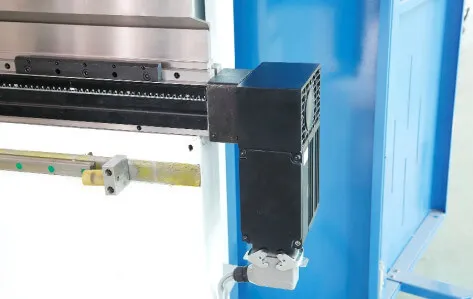
Working Principle
A mechanical compensation system usually adopts a set of wedge blocks or inclined blocks. These wedge blocks are precisely arranged under the lower worktable. When the bending machine is working, the upper die applies pressure to the sheet metal, causing the lower worktable to deflect downwards. At this time, the wedge blocks in the mechanical compensation system will move relative to each other according to a preset program or controlled by the CNC system, thus forming an upward supporting force under the worktable. This supporting force is opposite to the deflection direction of the worktable and its magnitude is precisely calculated to effectively offset the deformation of the worktable and keep the bending line straight. The advantage of this compensation method is that its structure is relatively simple, its reliability is high, and in some cases, it can be maintenance-free.
Advantages
•Simple structure and high reliability: The mechanical compensation system is usually composed of mechanical parts, the structure is relatively simple, the failure rate is low, and the maintenance cost is also relatively low.
•Stable compensation effect: Once adjusted, the mechanical compensation system can provide a stable compensation effect, ensuring the consistency of products in mass production.
•Maintenance-free in CNC hydraulic bending machines: For some well-designed CNC hydraulic bending machines, their mechanical compensation systems may not require additional maintenance throughout the life of the machine, which greatly reduces operating costs.
•Wide application: Due to its mature technology and reliable performance, the mechanical compensation system has been widely used in the market, and technical support and spare parts supply are relatively sufficient.
Disadvantages
•Delayed compensation timing: Mechanical compensation usually only takes effect after the bending force is applied, which means that in the initial stage of bending, the worktable may have already undergone slight deformation. Although it can eventually be compensated for, this lag may pose certain challenges for applications with extremely high accuracy requirements.
•Potential for unpredictable errors: Although the mechanical compensation system is exquisitely designed, under complex bending conditions, such as uneven sheet thickness, fluctuations in material properties, etc., some unpredictable errors may still occur, affecting the final bending accuracy.
•Relatively complex adjustment: The adjustment of the mechanical compensation system usually requires manual intervention and may require multiple trial bends to achieve the ideal compensation effect, which increases the complexity of the operation to a certain extent.
Hydraulic Compensation System
The hydraulic compensation system is another advanced compensation technology that uses the precise control of hydraulic cylinders to achieve worktable deflection compensation. Compared with mechanical compensation, hydraulic compensation has higher flexibility and response speed.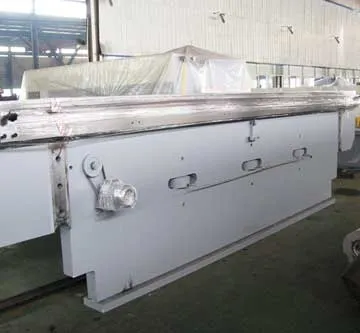
Working Principle
A hydraulic compensation system usually installs multiple small hydraulic cylinders under the lower worktable. These hydraulic cylinders are connected to the CNC system through high-precision proportional valves. During the bending process, the CNC system will monitor the bending force and the deformation of the worktable in real time. Based on this data, the CNC system will accurately control the pressure and stroke of each hydraulic cylinder to generate an upward lifting force, thereby offsetting the downward deflection of the worktable. Since each hydraulic cylinder can work independently or in coordination, the hydraulic compensation system can achieve more refined and real-time compensation, which is especially suitable for long sheet metal or applications with extremely high requirements for bending accuracy.
Advantages
•Real-time compensation, fast response speed: The hydraulic compensation system can monitor and adjust the compensation force in real time, which means that it can dynamically offset the deformation of the worktable during the bending process, thereby achieving higher bending accuracy.
•High compensation accuracy and strong flexibility: Since each hydraulic cylinder can be independently controlled, the hydraulic compensation system can perform more refined compensation according to the length, thickness, and material characteristics of the sheet metal, and can even achieve local compensation, which greatly improves the flexibility and accuracy of bending.
•High degree of automation: The hydraulic compensation system is usually closely integrated with the CNC system, which can realize fully automatic compensation, reduce manual intervention, and improve production efficiency.
•Suitable for various complex bends: For multi-stage bending, asymmetrical bending, and complex bending tasks with extremely high accuracy requirements, the hydraulic compensation system can provide a better solution.
Disadvantages
•Relatively complex structure and high cost: The hydraulic compensation system includes hydraulic pumps, valves, cylinders, and a complex control system. Its structure is more complex than mechanical compensation, so the manufacturing cost and maintenance cost are also relatively high.
•High requirements for hydraulic system maintenance: The hydraulic system requires regular inspection of oil cleanliness, seal condition, etc., to ensure its normal operation. If not properly maintained, it may affect the compensation effect or even cause failure.
•Possible influence of oil temperature: Changes in the temperature of the hydraulic oil may affect its viscosity, which in turn affects the response speed and compensation accuracy of the hydraulic system. Therefore, hydraulic compensation systems usually need to be equipped with an oil temperature control device.
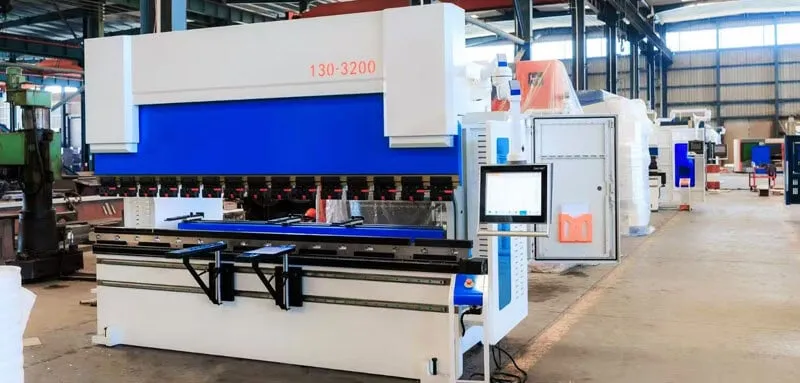
How to Choose a CNC Bending Machine Compensation System: Mechanical or Hydraulic Compensation?
Choosing between mechanical and hydraulic compensation requires a comprehensive consideration of multiple factors, including your production needs, budget, accuracy requirements, and maintenance capabilities.
Considerations
1. Accuracy Requirements:
•If your products do not have extremely stringent requirements for bending accuracy, or you mainly perform conventional short sheet metal bending, a mechanical compensation system can usually meet the needs and has a cost advantage.
•If your products have extremely high requirements for bending accuracy, such as in the aerospace and precision instrument fields, or you need to bend long sheet metal or perform complex multi-stage bending, a hydraulic compensation system can provide better accuracy and flexibility.
2. Budget:
•The manufacturing cost of a mechanical compensation system is usually lower than that of a hydraulic compensation system, so mechanical compensation is a more economical choice when the budget is limited.
•A hydraulic compensation system has a higher initial investment cost due to its complex structure and high-precision control components. However, in the long run, the high accuracy and efficiency it brings may bring higher returns.
3. Maintenance Capabilities:
•The maintenance of a mechanical compensation system is relatively simple, and the technical requirements for maintenance personnel are not high.
•A hydraulic compensation system has higher requirements for the technical level of maintenance personnel and requires regular professional maintenance and upkeep to ensure its stable performance.
4. Production Batch and Automation Level:
•If your production batch is large and you pursue high automation and efficiency, a hydraulic compensation system can be better integrated with the CNC system to achieve fully automated production.
•For small-batch, multi-variety production modes, a mechanical compensation system can also be competent, but may require more manual adjustment.
5. Sheet Metal Characteristics:
•For sheet metal with stable material properties and uniform thickness, both compensation systems can perform well.
•For sheet metal with large fluctuations in material properties, uneven thickness, or internal stress, a hydraulic compensation system may show better adaptability due to its dynamic adjustment capabilities.
Summary and Recommendations
In summary, both mechanical and hydraulic compensation have their own merits. Mechanical compensation, with its simple structure, low cost, and convenient maintenance, is suitable for conventional bending tasks with moderate accuracy requirements and limited budgets. Hydraulic compensation, with its high accuracy, real-time compensation, high automation, and strong flexibility, has become the ideal choice for high-precision, complex bending, and mass production.
Before making a final decision, we recommend that you:
•Clarify your production needs: Carefully evaluate your current and future product requirements for bending accuracy, efficiency, and flexibility.
•Consult with professional suppliers: Communicate in-depth with CNC bending machine suppliers to understand the specific performance parameters, costs, and after-sales services of different compensation systems.
•Consider long-term operating costs: In addition to the initial investment, also consider maintenance costs, energy consumption, and the production benefits brought by improved accuracy.
We hope this article can provide you with valuable reference when choosing a CNC bending machine compensation system. Choosing the bending machine compensation system that best suits your production needs will help you improve product quality, increase production efficiency, and maintain a leading position in the fierce market competition.


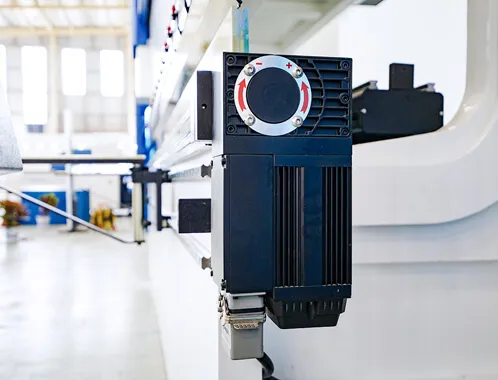
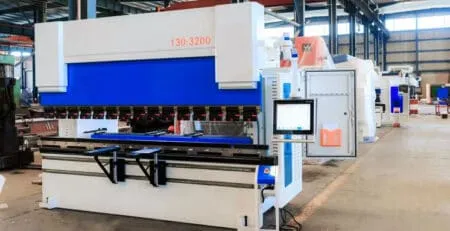

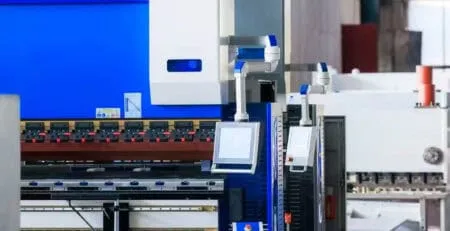

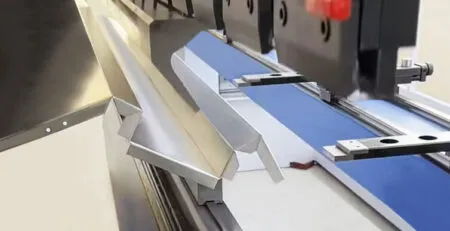
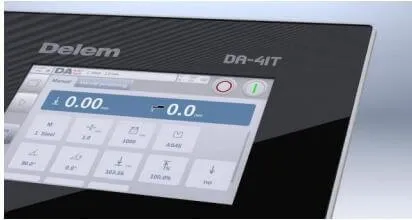
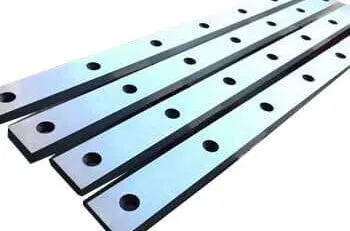
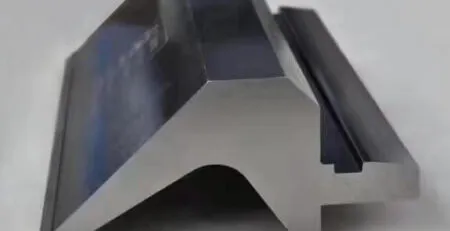

Leave a Reply